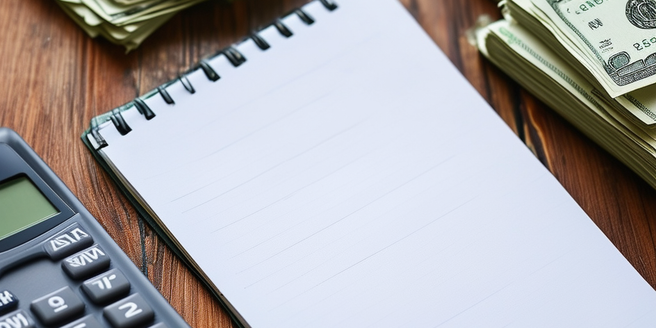Understanding the basics of Bad Credit Loans
Bad Credit Loans are designed for individuals with a credit score that is less than perfect. These loans act as a financial reprieve, giving a chance to improve the credit score with timely repayments. They offer a chance to borrow money even when traditional lenders refuse applications due to credit risk. Importantly, they can act as an alternate solution when other financing options are inaccessible. The interest rates may be higher because lending to individuals with bad credit poses a risk. However, they can provide a lifeline to those struggling with funds and are often used for consolidating existing debts.
Different Types of Bad Credit Loans
There are various types of bad credit loans, including unsecured loans that don’t require collateral and are based on creditworthiness. Secured loans, on the other hand, require collateral like a house or car and usually have lower interest rates. Payday loans are short-term and intended to tide you over until your next paycheck. They’re useful for sudden, short-term needs but aren’t suited for long-term planning or large expenses due to high-interest rates and short repayment periods.
How Debt Consolidation Works
Debt consolidation is a process in which you take out a new loan to pay off multiple debts. This is especially beneficial for those who find themselves juggling payments across numerous credit accounts. A key factor here is that the new loan should ideally have a lower interest rate than the combined rate of your current debts. Typically, this loan would come from a reputable lender or a financial institution. You then have one single payment to make each month rather than multiple payments. This can make managing your debts easier and could potentially reduce the amount of interest you’re paying, especially if the interest rate on your consolidation loan is lower than your existing debts.
Benefits of Consolidating Debt Using Bad Credit Loans
Consolidating debt with bad credit loans can ease the stress of dealing with multiple debts. This method effectively allows you to manage your debt under one manageable payment plan. By doing so, it eliminates the worry of forgetting a payment due to having several different due dates. It could reduce the amount of interest you pay, and also give you a clearer picture of your financial future. You will have a definite timeline for when you will be debt-free. It can also improve your credit score, as you are effectively paying off a number of smaller loans with the consolidation loan.
Potential Risks and Downsides of Debt Consolidation with Bad Credit Loans
There are potential downsides to debt consolidation with bad credit loans. You may end up with a higher interest rate, which means you could end up paying more overall. However, with the right management and planning, these risks can be mitigated. It’s important to have a solid budget in place to ensure that you can meet the repayment terms. Also, if your loan is secured against your home or another asset, you could lose this if you are unable to make repayments. It’s crucial to understand the terms of loan before making a decision.
Steps to Consolidate Debt using Bad Credit Loans
The first step is to determine the total amount of your existing debts. This calculation should be accurate as it will greatly impact your financial decisions moving forward. Before moving on, it’s also prudent to understand how long it will take to pay off your debt with the current payment schedule. Then you must compare the interest rates on your current debts to the potential rate on your bad credit loan. If it’s financially beneficient, apply for a bad credit loan and once approved, use this new loan to pay off your multiple existing debts. Ensure that you can afford the single monthly repayments.


